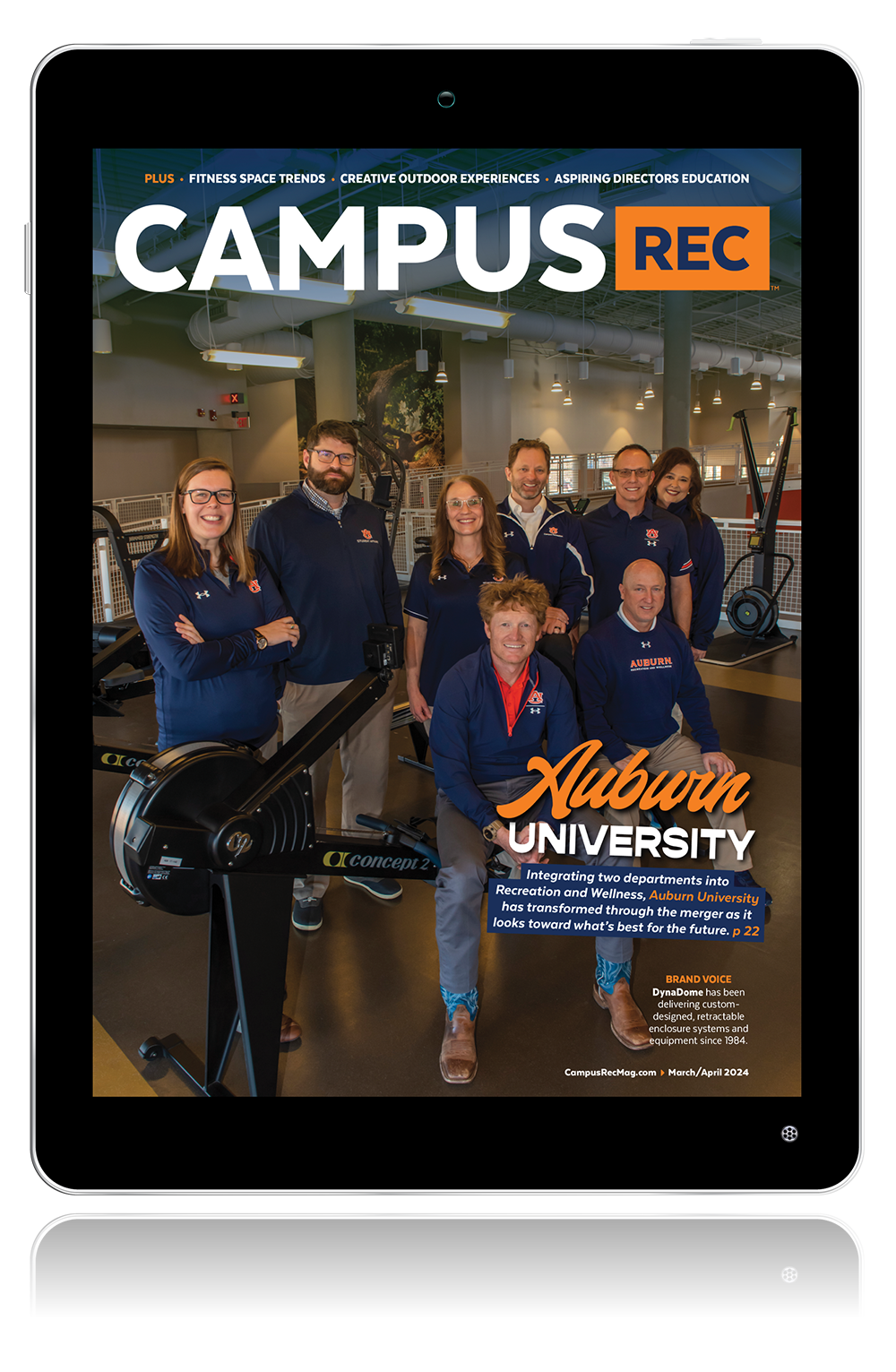This is Part Five of a five part series on the elements of well-being by Steven Trotter.
Read Part One here.
Read Part Two here.
Read Part Three here.
Read Part Four here.
One of the questions I am often asked is, “What’s the difference between wellness and well-being?” At the surface, it’s a hard question to answer, but if we peel back the layers of the well-being onion, we can uncover more depth on the topic.
According to Webster’s dictionary, wellness is defined as, “the quality or state of being in good health especially as an actively sought goal” and well-being is defined as “the state of being happy, healthy or prosperous.” In my opinion, I believe wellness has an outdated view and can be accomplished by simply checking a box. Well-being isn’t about checking a box; it’s the dials on a mixer at a concert where you have to turn-up some elements while dialing down others to achieve the desired outcome. It’s a constant flow of energy working together to create harmony within ourselves. So you might ask, what does “the state of being happy, healthy or prosperous mean? Well, read on my friends, and let’s explore community well-being.
Community well-being is the extent to which people feel safe and involved in giving to their community. Let’s assess the level to which you agree to the following statements:
- The city or area where I live is the perfect place for me.
- In the last 12 months, I have received recognition for helping improve the city or area where I live.
The term community well-being may be a little confusing. You might think community is more social well-being, but it’s more on the side of environmental. Community well-being starts with the basics. It’s the air you breathe, the water you drink, and the level of safety and security you have. Think of community well-being as being similar to Maslow’s hierarchy of needs. Your basic essentials have to be met before you can thrive in other areas. Feeling safe to walk alone at night in your neighborhood with confidence you won’t be harmed is crucial for your community well-being.
You might think you live in a great place and therefore you are thriving in community well-being. Just because you like where you live doesn’t necessarily mean you are thriving. To thrive, you should get involved with your community and local groups where you can give back. When you get involved with something in your community, your levels of community well-being will increase. If you can find something in your community that aligns with your personal mission, then you will thrive even more. Think of ways you can get involved and also include your friends, family or colleagues so you can increase your social well-being, too.
Community well-being, simply put, is the sense of engagement with the area in which you live. If you are looking to improve your physical well-being, try one or more of the following tips:
- Identify how you can contribute to your community based on your personal mission.
- Tell people about your passions and interests so they can help connect you with groups or organizations.
- Opt in to a community group or event.
As we close out our five-part series on well-being, I reflect back to my experience and my team’s experience in reshaping our focus on well-being. It’s not a checklist, it’s an ongoing fluid process with a goal to thrive. After my team read “Wellbeing: The Five Essential Elements” by Tom Rath and Jim Harter, we dissected it down to what it means to us. If well-being was as simple as a checklist then it might look like this excerpt from the book:
“When we break the downward spiral and start with a good night’s sleep, we’re off to a great start. This increases our chances of waking up refreshed and exercising in the morning to boost our mood. If we then focus on our strengths in our job every day, we connect our activities with a higher purpose to get more done. If we can work in six hours of social time, then we will have 10-times as many good moments as stressful ones.”
If that seems overwhelming, that’s OK because even if you start small, start now.
Rath, Tom, and James K Harter. Wellbeing : The Five Essential Elements. New York, Gallup Press, 2014. Pp. 93, 95, 101, 103, 111, 112, 155.











